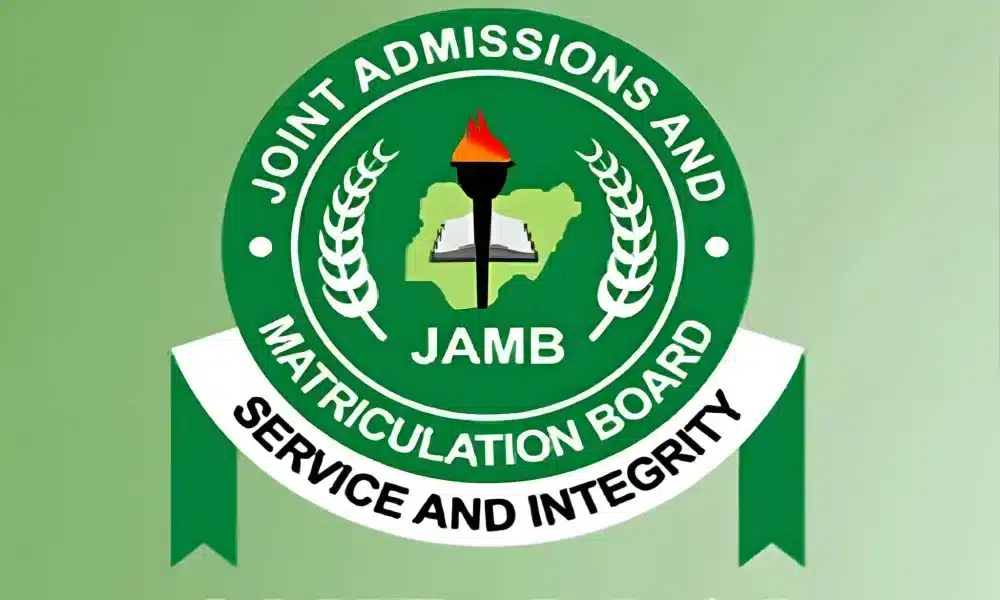The Joint Admissions and Matriculation Board (JAMB) exam is a major step for students aiming to pursue higher education in Nigeria. For those planning to study Hausa or take Hausa as one of their JAMB subjects, preparing well is important. Hausa is a major language in Nigeria, and understanding its structure, grammar, and cultural context will help you succeed in the exam. In this guide, we will discuss the key areas of concentration for the JAMB Hausa exam for 2026/2027, helping you focus your studies and prepare more effectively.
READ ALSO: JAMB Syllabus for Hausa 2026/2027 Free PDF Download
Understanding the JAMB Hausa Exam
The JAMB Hausa exam is designed to test students on their understanding of Hausa language, literature, and culture. The exam covers several topics, including grammar, oral traditions, proverbs, comprehension, and vocabulary. It also includes literature and cultural studies, focusing on the Hausa-speaking people. Having a good grasp of these areas will help you perform well in the exam and increase your chances of admission to a university program that requires Hausa.
Why Study Hausa for JAMB?
Hausa is widely spoken in Nigeria and other parts of West Africa, making it an important language in communication, business, and culture. Learning Hausa opens doors to opportunities in areas such as translation, education, media, and international relations. By excelling in the JAMB Hausa exam, students can demonstrate their understanding of the language, which can be valuable for future careers and academic pursuits.
Main Areas of Concentration for JAMB Hausa 2026/2027
Here are the primary areas you should focus on while preparing for the JAMB Hausa exam.
Harshe (Language)
- Ƙa’idojin Rubutu (Orthography);
- Auna Fahimta (Comprehension);
- Tsarin Rubutun Insha’i (Composition Techniques);
- Fassara (Translation);
- Tsarin Sauti (Phonology);
- Ƙirar Kalma (Morphology);
- Ginin Jumla (Syntax);
- Ma’ana (Semantics);
Al’adu (Culture)
- Rayuwar Hausawa (Hausa customs);
- Zamantakewa (Social Institutions);
- Sana’o’in Gargajiya (Traditional Occupations);
- Kayayyakin Buƙatun Rayuwa (Material Culture);
- Bukukuwa da Wasanni (Hausa Festivities and Recreational Activities);
- Camfe-camfe da Bauta (Traditional Beliefs and Worship);
- Sarautun Gargajiya (Traditional Authority);
- Magungunan Gargajiya (Traditional Medicine).
Adabi (Literature)
- Adabin Baka (Oral Literature);
- Rubutaccen Adabi (Written Literature) Zube (Prose);
Tips for Preparing for JAMB Hausa 2026/2027
Preparing for JAMB Hausa requires consistency and focus. Here are some tips to help you prepare effectively:
- Practice Speaking and Listening: Hausa is best learned through practice. Try speaking and listening to Hausa regularly to improve your language skills.
- Read Hausa Literature: Read short stories, novels, or plays written in Hausa. This will help you get familiar with the language, sentence structures, and vocabulary.
- Use Flashcards for Vocabulary: Create flashcards of new words, idioms, and proverbs you come across. Review them regularly to improve your vocabulary.
- Take Practice Exams: Go through past JAMB Hausa exam questions to get a feel for the types of questions asked and to build your confidence.
- Study in Groups: Studying with friends or classmates can make learning Hausa easier, as you can practice speaking and quiz each other.
Conclusion
To succeed in the JAMB Hausa exam, focus on understanding grammar, building your vocabulary, reading comprehension, studying oral literature, and learning about Hausa culture. By studying these areas carefully, you can increase your chances of scoring well in the 2026/2027 JAMB Hausa exam. Stay consistent, practice regularly, and you’ll be well-prepared to achieve success in your exam.

